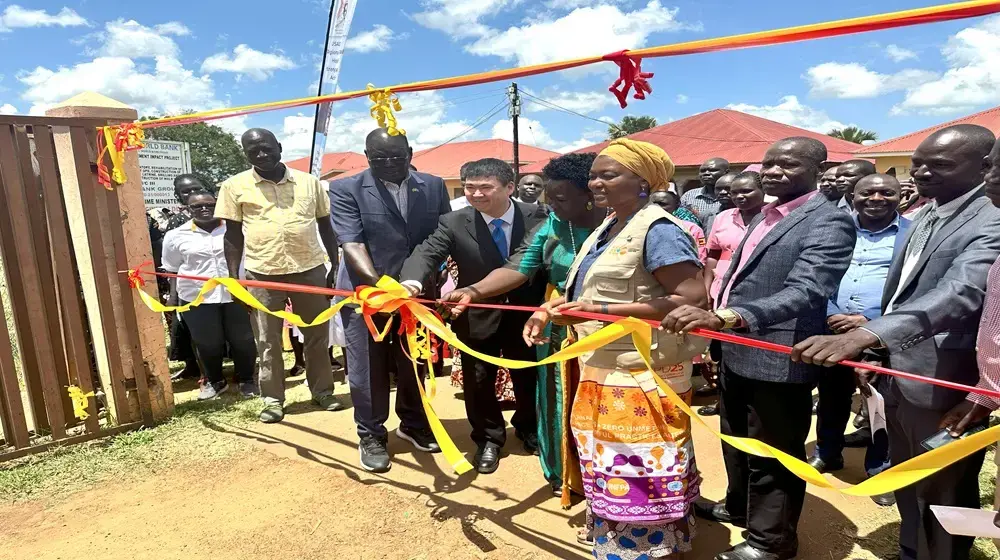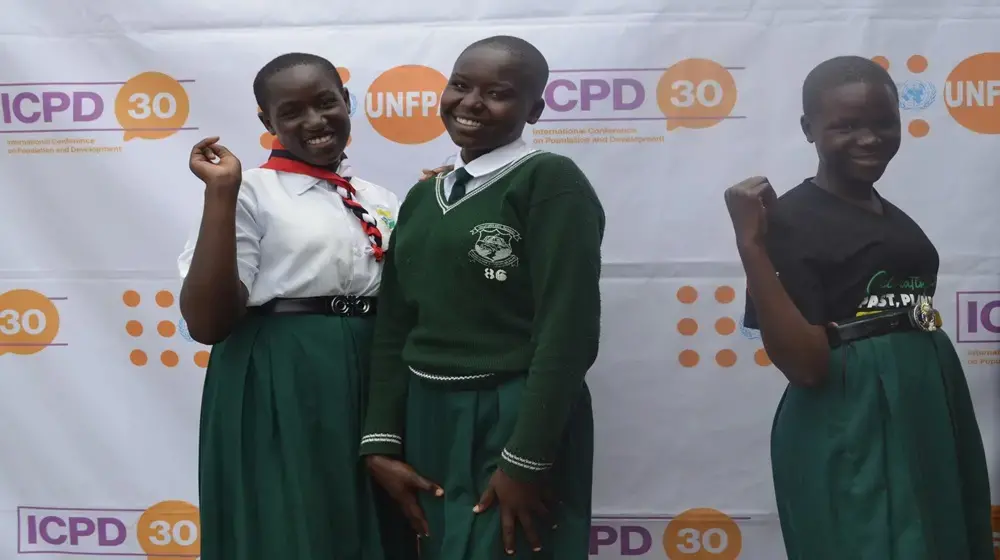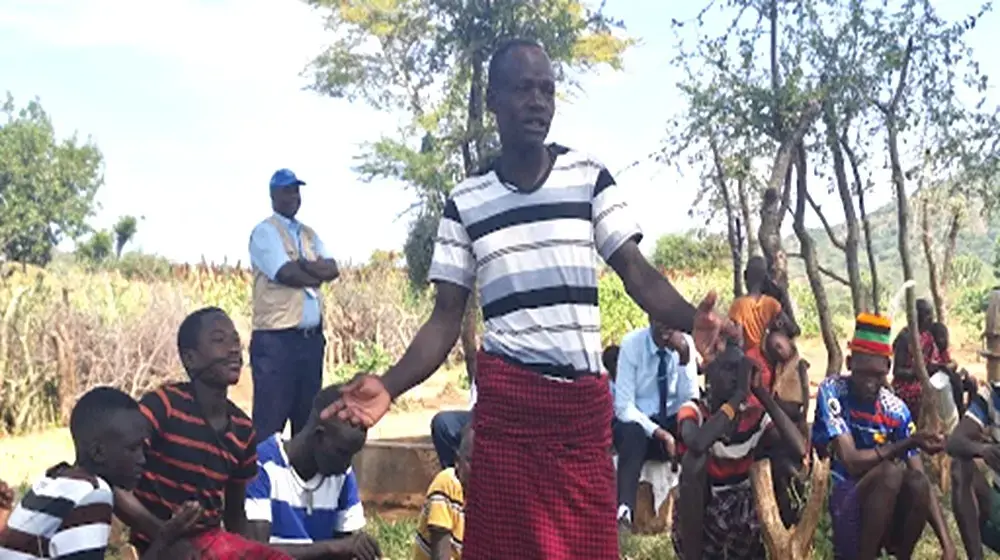On 17th October, UNFPA, the United Nations Population Fund launched its flagship report, the State of World Population 2018. The theme for this year’s report is, “The Power of Choice: Reproductive Rights and the Demographic Transition.”
This is a timely theme for Uganda as it speaks directly to the national issues in context of the report on harnessing the demographic dividend that was launched by President Yoweri Museveni in 2014.
The two reports recognize the implications of a high fertility in terms of attaining a quality population. High fertility is closely linked with reproductive rights, which according to both reports, are tied to many other rights, including the right to adequate health, education, and access to jobs.
At 3.0 percent, Uganda’s population growth rate is one of the highest in the world. The implication is that Uganda has a very young population with 52 percent below the age of 15, and consequently a very high dependency ratio at 103 percent.
Dependency on a small working age population is making it difficult for the Government of Uganda to realize enough revenue to invest in critical services including human resource development – in terms of health, education, economic reforms to bolster job creation - the fundamentals required to harness the abundant opportunities. The opportunities in this case include: commercialized agriculture, industrialization, abundant and skilled labour force, natural resources, among others.
The State of the World Population Report makes a case that choice can bring positive change. It shows that after the ‘lost decades’ of the 1980s and 1990s, economic conditions have improved significantly in sub-Saharan Africa, and the continent as a whole was able to almost double its per capita gross domestic product (GDP) between 2000 and 2016.
A case for Uganda, when unmet need for family planning dropped from 36 percent in 2001 to and 28 percent in 2016; fertility rate dropped from an average of 6.9 children per woman in 2001, to an average of 5.4 children per woman in 2016 - the Uganda Demographic and Health Survey (UDHS, 2001 and 2016) show. Now, the State of the World Population Report 2018 shows that within that period, Uganda’s per capita gross domestic product (the purchasing power parity) increased from US $ 846 in 2000 to US $ 1,849 in 2016.
Simply put, the magnitude of the demographic dividend depends in part on the pace of fertility decline, which in turn depends on the extent to which the sexual and reproductive health and rights of women and girls are protected.
Yet, women and couples in Uganda continue to struggle to take charge of their reproductive lives. According to the Uganda Demographic Health Survey 2016, one in every three women would like to delay, space or stop having children, but they do not have the means to do so.
Talking to women in Uganda, they will express issues like disapproval from family members especially their husbands. Women also talk about side effects and the absence of a preferred method of contraception or unreliable supply – all issues expressing lack of choice.
For young girls, the issues become even more complex especially when it comes to child marriage. Here, girls do not have the power to choose when to start a relationship and with whom; neither do they have a say in regards to whether to get pregnant or not. A girl’s dream to attain to her full potential is chocked early the day she is pushed into marriage as child. The Uganda Demographic Health Survey 2016 report indicates that 43 percent of Ugandan women 25-49 years were married before their 18th birthday.
I would like to conclude by commending the government of Uganda for the strategies for accelerating the demographic transition and harnessing the demographic dividend, aligned to the National Development Plan II and Vision 2040. Interventions like commitments to increase budgetary allocations to family planning; putting in place a National Sexuality Education Framework, as well as efforts to improve on the reproductive health commodity security, among other interventions, are steps in the right direction.
Realizing a demographic dividend and attaining a middle income status will depend on Uganda’s effectiveness to create a policy environment for the interventions to make a positive impact in the lives of individual women and girls. And to borrow the words of UNFPA’s Executive Director, Dr. Natalia Kanem, “The way forward is the full realization of reproductive rights. This includes dismantling all the barriers – whether economic, social or institutional – that inhibit free and informed choice.”
By Alain Sibenaler, UNFPA Representative





